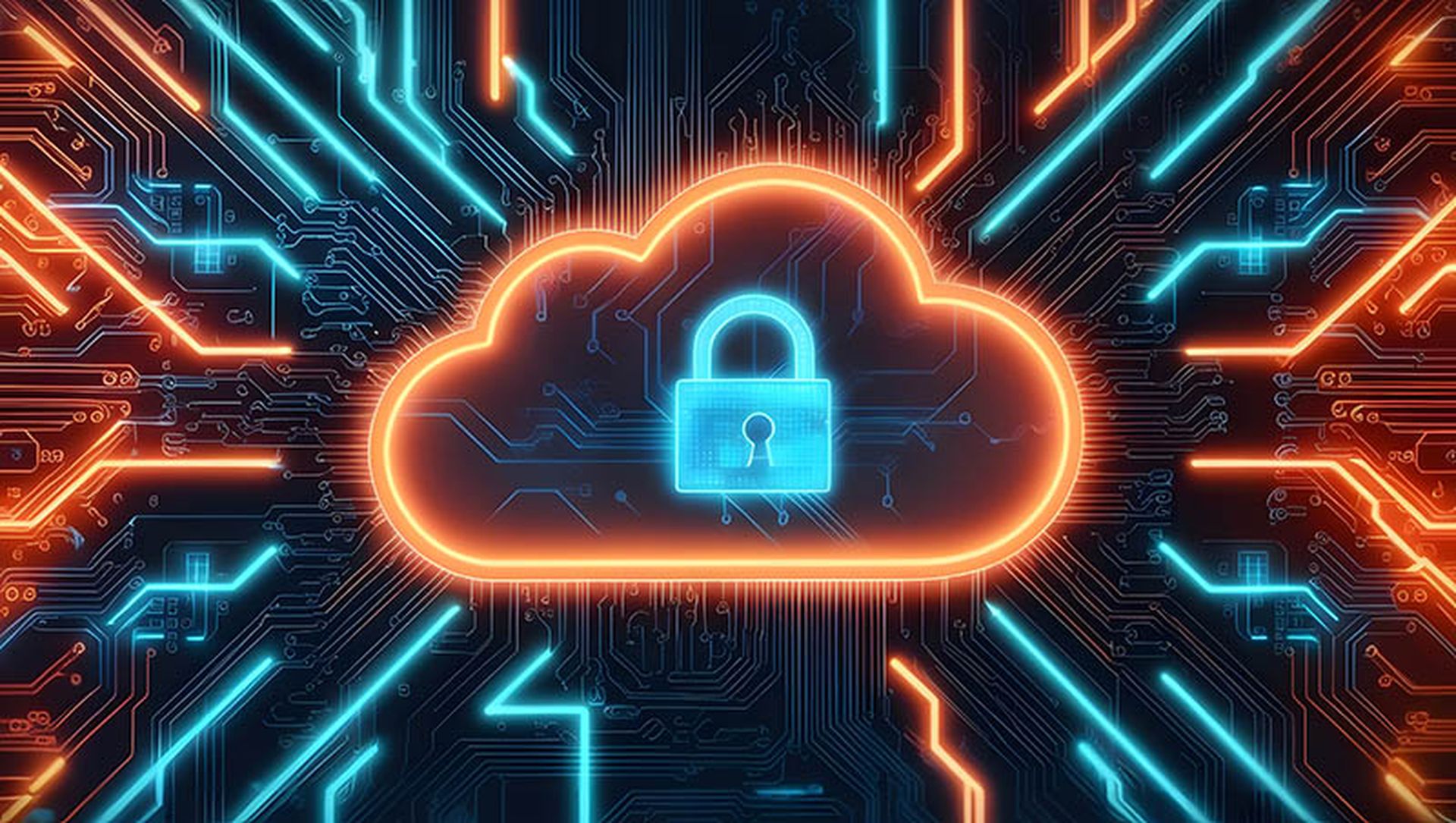Risk Assessments/Management
Cybersecurity in shipping and logistics: Small budgets, big risk

(Adobe Stock)
COMMENTARY: It’s unfortunate when cyberattacks serve as a wakeup call for companies to start taking security seriously; especially when security teams and researchers have been sounding the alarms for as long as I can remember. 2024 has shown that the numbers still don’t lie. Rising geopolitical tensions have led to more targeted attacks against the shipping sector, with 64 state-sponsored incidents in 2024 alone. And this isn’t just amateur, opportunistic hackers, advanced cybercriminal campaigns are targeting these organizations — making it a matter of when, not if, a company will be targeted.I’ve had many conversations with security leaders involved in the shipping industry, and they all recognize the same risks: the increased volume and sophistication of malware and ransomware threats. The challenge they face isn’t awareness of cyber activity and mitigation strategies, but how they can maximize budgets and technology for success. To make matters worse, 2025 is unlikely to present a significant economic incentive that will drive these companies to boost cybersecurity spend on new technologies unless it allows for consolidation of technology, cost reduction, or the ability to leverage existing security staff more efficiently.[SC Media Perspectives columns are written by a trusted community of SC Media cybersecurity subject matter experts. Read more Perspectives here.]The conversation I’ve had with these teams, and the one I’d like to have today, is how to enhance cyber resilience by augmenting an existing security strategy, especially one that may be rooted in legacy approaches, so that organizations get the most bang for their buck.Identifying the systems, assets, data and capabilities that, when disrupted, pose risks to ship operations. This is a big one. Often, organizations lack visibility into what systems are connected to their network—thanks to Shadow IT—or where their data is traveling across their organization. There needs to be an emphasis on data protection technology that looks at data at-rest (cloud storage) and data in-motion (moving throughout endpoints). And when you prioritize efforts in these areas, you must focus on the facets that have the potential to cause the most damage. Remember, Rome wasn’t built in a day! Implementing risk control processes and measures, and contingency planning to protect against a cyber event. Rather than “protect,” this pillar is better served when read as “prevent” against a cyber event. Deploying preventative frameworks, like the Zero Trust model, allows you to be proactive versus reactive. Detecting cyber incidents in a timely manner. Real-time alerts to activities happening within your network and data-intensive environments are critical. Ideally, you’d have a solution in place that has already safeguarded your company. However, having visibility into threat attempts helps make your security (and preparation) stronger in the future. Restore and recover systems necessary for shipping operations or services impaired due to a cyber event. Backups and incident response plans are important! Doing some extra leg work ahead of time will make you more prepared for the future. You’ll be able to resume daily business and tackle challenges faster than you would otherwise, saving you time and your company money. As someone that has seen the evolving nature of cyber threats and their consequences, I see all of this as a baseline framework for a successful cybersecurity strategy. Deconstructing your tech stack and digging into the unique digital infrastructure that houses your most sensitive data and powers critical operations will give you further guidance into where you need to prioritize investments.With all that being said, my advice is this: don’t be afraid to ditch the status quo. Not only is cybersecurity growing exponentially — both in terms of vulnerabilities and opportunities —t here are many new vendors in the space that provide holistic services. However, there are also solid options via managed services that can provide greater support when it comes to cybersecurity management at the scale that critical infrastructure demands.
Get daily email updates
SC Media's daily must-read of the most current and pressing daily news
You can skip this ad in 5 seconds



